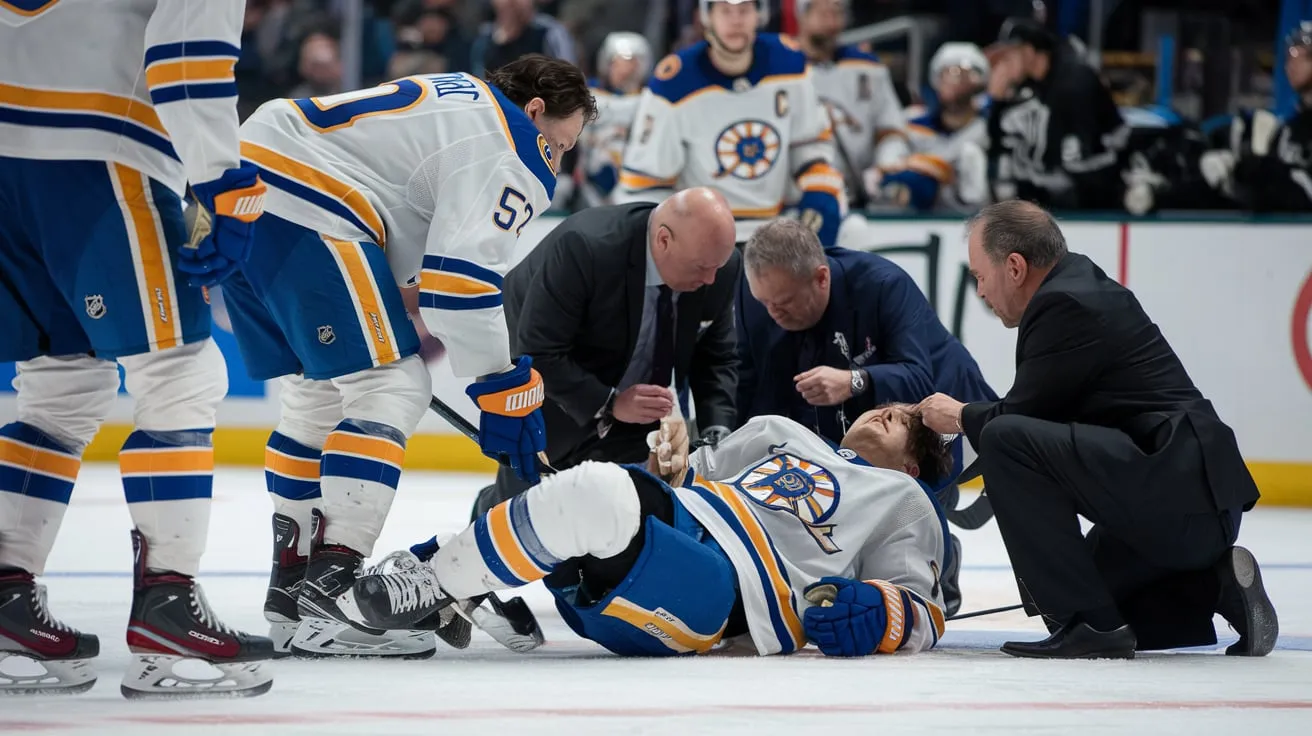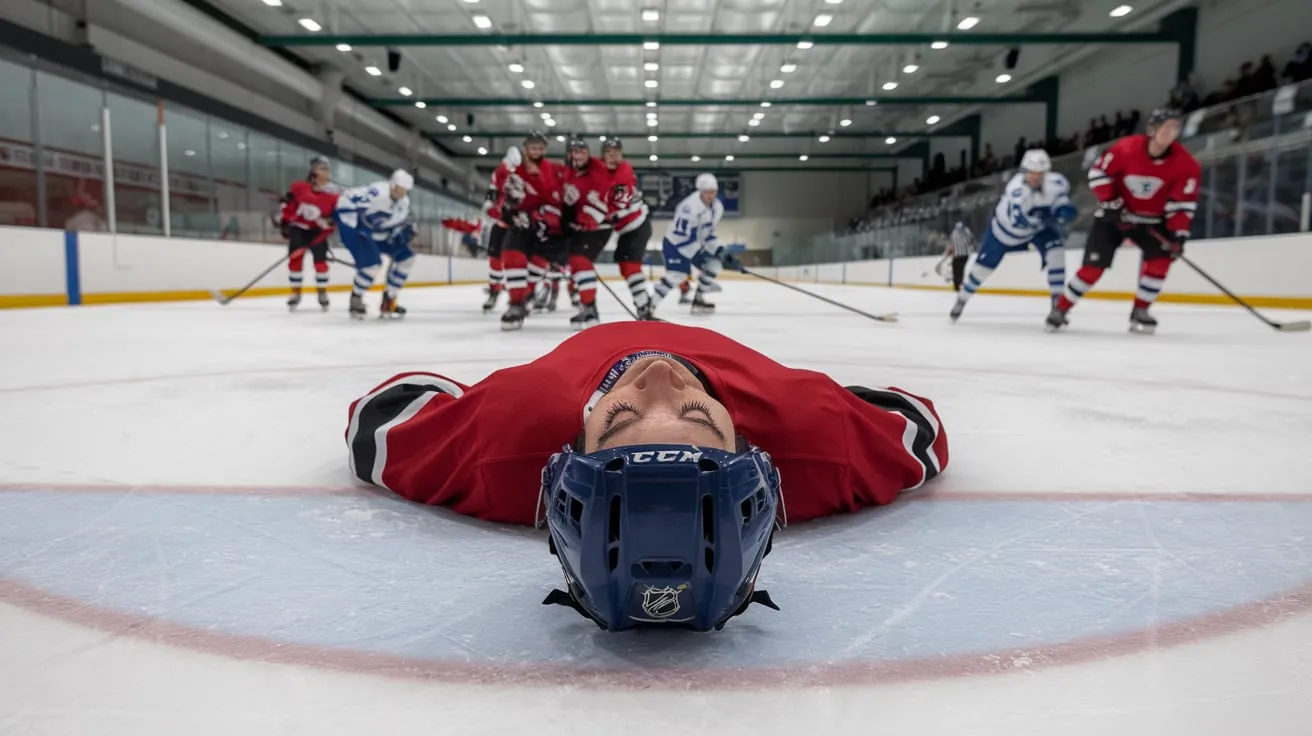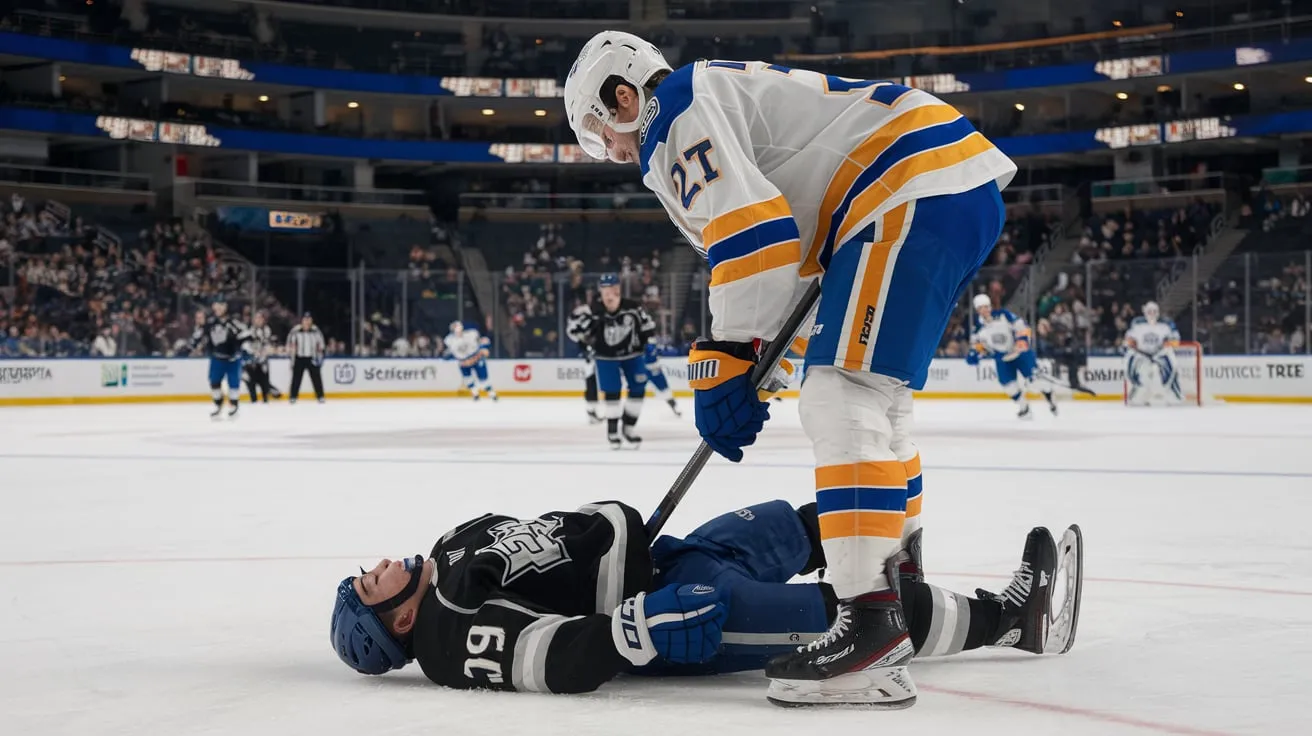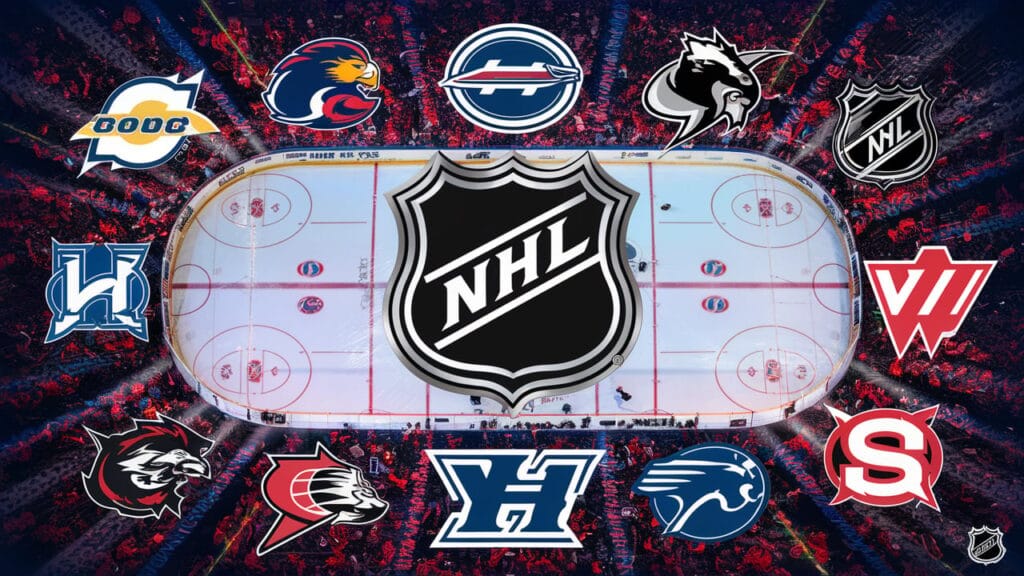Introduction To The Hockey Tragedies
Hockey is a sport of adrenaline, skill, and resilience, but it is also one where tragedy can strike. Over the years, hockey has witnessed some unfortunate incidents where players lost their lives while engaging in the game they loved. Players lost during play these occurrences are rare but incredibly impactful, casting long shadows over the sport’s history. The risks of injury in hockey are well-known, but when a life is lost during play, the entire community—teammates, fans, and families—feels the ripple effect.
This article explores some of the most significant hockey tragedies, providing a look into the lives of players who died while playing the sport. We will also address the importance of player safety, the measures the sport has taken to prevent such incidents, and the emotional and psychological toll these events have on the hockey community. By delving into these stories, we can better appreciate the inherent risks involved in such a high-paced, physical game while reflecting on the improvements that have made the sport safer today.
The Importance of Understanding Hockey Tragedies
Hockey tragedies are a painful reminder of the sport’s inherent risks. Whether through unforeseen accidents or undiagnosed health issues, the loss of a player during play strikes at the core of what makes hockey both thrilling and dangerous. By exploring these events, we acknowledge not only the sacrifices made but also the changes in safety protocols that were often introduced as a direct result of these tragedies.

Understanding hockey tragedies is also essential for:
- Highlighting the importance of safety regulations in modern-day hockey.
- Appreciating the emotional and psychological impact on families, teammates, and fans.
- Raising awareness about the health and physical dangers athletes face, even in professionally regulated environments.
The hockey community has continually worked to improve player safety, but these stories offer a sobering reminder of the fragility of life, even for some of the fittest athletes in the world.
The Dark Side of Hockey: Significant Tragedies That Shook the Sport
1. The Death of Bill Masterton (1968)
Bill Masterton, a center for the Minnesota North Stars, is perhaps the most famous case of a hockey tragedy. Masterton’s death occurred on January 13, 1968, during a game against the Oakland Seals. After being hit by two opposing players, Masterton lost his balance and fell backward, his head hitting the ice. Tragically, he was not wearing a helmet, which was not mandatory at the time. He suffered a severe head injury and passed away two days later.
Impact on the Sport: Bill Masterton’s death prompted conversations about safety in hockey, particularly regarding the use of helmets. Although it would be another decade before helmets became mandatory in the NHL, his death played a crucial role in the eventual rule change.
2. The Tragic Plane Crash of Lokomotiv Yaroslavl (2011)
On September 7, 2011, a plane carrying the Lokomotiv Yaroslavl hockey team crashed, killing 44 of the 45 passengers aboard. Players lost during play the team was en route to its first game of the KHL season when the crash occurred just minutes after takeoff. This tragedy is one of the darkest moments in hockey history, as the entire roster, including staff and coaches, was lost.
Impact on the Sport: This catastrophe sent shockwaves through the hockey world, particularly in Russia. In its aftermath, aviation safety protocols for sports teams were scrutinized, and stricter regulations were introduced to prevent similar incidents.
3. The Death of Sergei Zholtok (2004)
Latvian hockey player Sergei Zholtok collapsed during a game in Minsk and died of heart failure on November 3, 2004. Players lost during play he had been diagnosed with cardiac arrhythmia earlier in his career, but continued playing at a high level. His death was a tragic reminder of the risks athletes face from undiagnosed or untreated health conditions.
Impact on the Sport: Zholtok’s death sparked conversations about the importance of thorough medical evaluations for athletes. Today, the NHL and other leagues conduct more rigorous health checks, ensuring that players are fit to compete.
Read More: The Full Cast of Basketball: Meet the Characters Behind the Game

Health and Safety in Hockey: Preventing Future Tragedies
1. The Role of Helmets and Protective Gear
The deaths of players like Bill Masterton have led to significant changes in the way hockey prioritizes player safety. Helmets, which were once optional, are now a mandatory part of the game at all professional levels. Advances in helmet design have further minimized the risk of head injuries, with today’s helmets featuring better padding, fit, and protection against concussions.
Key Developments in Helmet Safety:
- 1979: The NHL mandates the use of helmets for all new players.
- Recent years: Helmets now incorporate concussion-reducing technologies, such as multi-impact design, to protect players from repeated trauma.
2. Defibrillators and Immediate Medical Assistance
After the death of Sergei Zholtok and other athletes who have suffered sudden cardiac arrest, the presence of defibrillators and trained medical staff at games has become standard practice. Quick access to emergency medical equipment can mean the difference between life and death.
3. Rule Changes to Protect Players
Hockey has always been a contact sport, but in recent years, the league has introduced stricter rules to reduce the risk of injury:
- Banning checks to the head: Headshots have been linked to concussions and long-term brain injuries like CTE (chronic traumatic encephalopathy).
- Restricting dangerous plays: The league has also cracked down on hits from behind, which can lead to spinal injuries.
4. Education and Awareness of Concussions
Concussion awareness has become a major focus in recent years. Educational programs aimed at players, coaches, and medical staff now ensure that head injuries are treated with the seriousness they deserve.
The Psychological Impact of Hockey Tragedies
1. The Emotional Toll on Teammates
When a teammate dies during a game, the emotional impact can be overwhelming. Players lost during play The shared bond between players creates a tight-knit community, and losing someone they train and compete with can lead to deep psychological trauma. In many cases, players require counseling and psychological support to cope with the loss.
2. The Grief of Families and Fans
The grief of losing a loved one or an admired player extends beyond the ice. Families of fallen players often find themselves in the spotlight, dealing with both personal loss and public mourning. Fans, who develop strong emotional connections to players, are also deeply affected by these tragedies.

Lessons Learned: How Hockey Has Become Safer
Hockey has taken significant steps to improve player safety over the years. While the game remains physically demanding, modern players are better protected than ever before. Here’s how:
- Improved Equipment: Helmets, neck guards, and better-padded uniforms provide increased protection.
- Health Screenings: Regular physicals and cardiovascular screenings help detect underlying conditions early.
- Increased Medical Staff: Teams now employ full-time medical professionals who are prepared to respond to any on-ice emergencies.
Future Directions in Hockey Safety
As technology evolves, so too will the safety measures in hockey. We can expect to see further innovations in protective gear, as well as continued efforts to monitor player health both on and off the ice.
People Also Ask
Conclusion
The tragedies that have occurred in hockey are painful reminders of the risks athletes face. But these events have also prompted meaningful changes, helping to make the sport safer for future generations. Players lost during play by remembering players like Bill Masterton, Sergei Zholtok, and those lost in the Lokomotiv Yaroslavl plane crash, we honor their memories while supporting ongoing improvements in hockey safety.
Hockey will always be a physically intense and competitive game, but with continued attention to safety and health, the hope is that future tragedies can be prevented. While we mourn the loss of players, we can also celebrate the resilience of the hockey community in overcoming these moments of sorrow.




